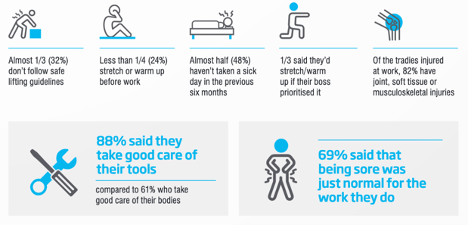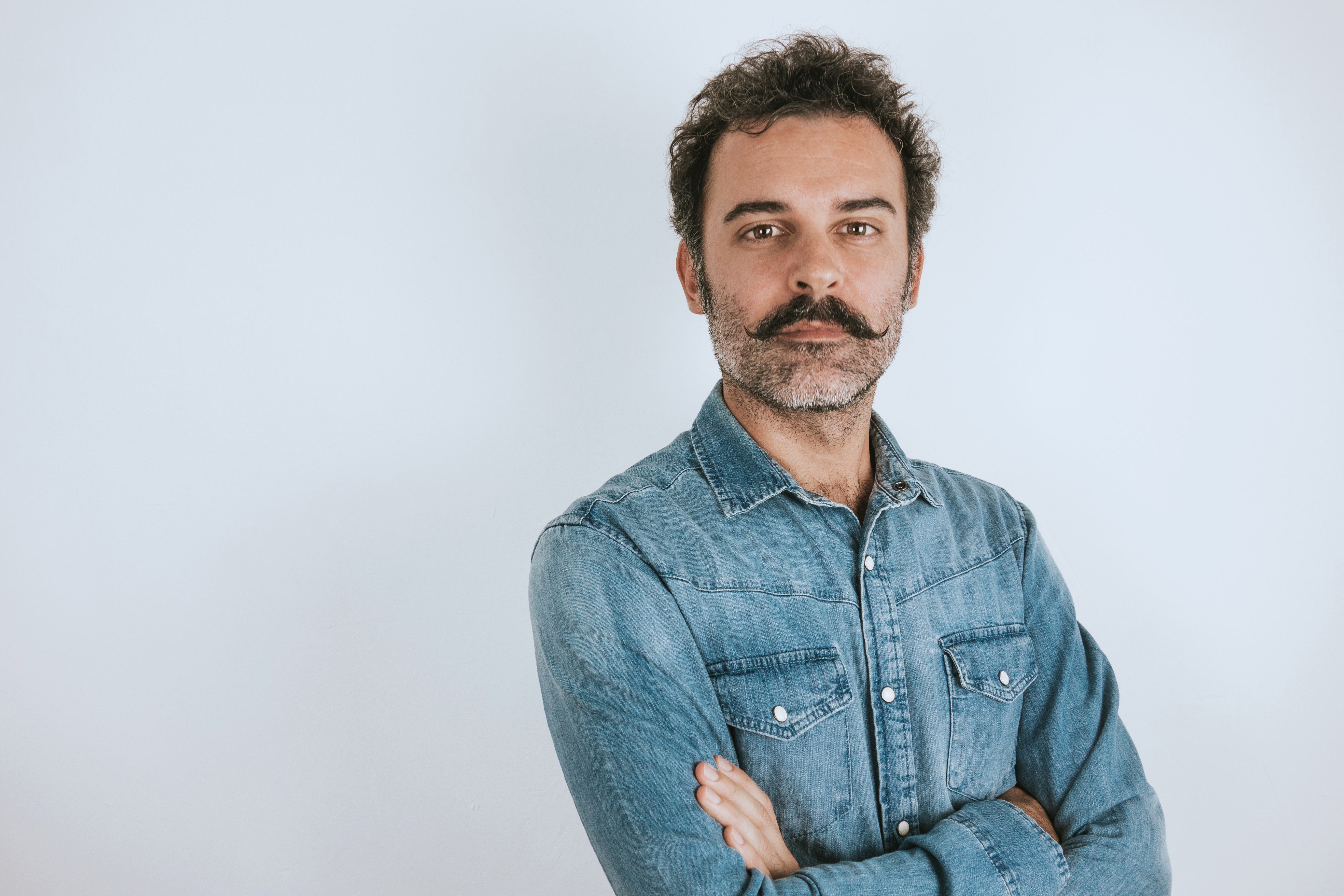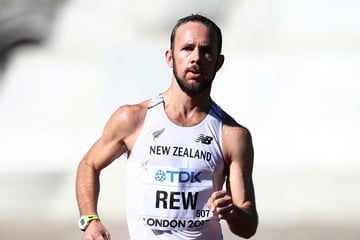Although the job of a ‘tradie’ makes up less than one third of Australia’s workforce, nearly 60 percent of serious workplace injuries involve a tradie. To clarify, the term ‘tradie’ relates to workers in technician and trade roles, machinery operators/drivers and labourers. Tradies’ National Health Month is an initiative driven by the Australian Physiotherapy Association (APA), which is run throughout the month of August. It places a focus on the health of Australian tradies.
The time taken off work by tradies due to poor health, injury or illness, not only affects the tradies themselves, it impacts their families, businesses, communities, the healthcare system, and the economy.
If we don’t take action towards behaviour change, these impacts will continue and ultimately get worse,
The following infographic from the APA provides a snapshot of how Australian tradies rate their health, based on a 2019 survey:

Tradies are aware of the demands of their job
Tradies do recognise that their work is physically demanding, however the culture of the workplace or worksite continues to lean towards a ‘tough it out’ attitude:
- 69% believe that being sore is just a normal part of the work they do
- 60% say they often have aches and pains as a result of doing their normal work
- 21% of tradies think they would say someone was ‘soft’ if they complained about being sore on the job
Not enough is being done to avoid potential injuries:
- 42% of tradies are likely pushing their bodies past their healthy limits and through pain
- Only 24% of tradies are warming up before starting physical work
- 57% of tradies are not doing additional exercise outside of their work time
But I basically lift weights and get a sweat up everyday?
Staying physically fit will increase a tradies’ ability to perform the physical demands of their work throughout their career and optimise their general health. Performing physical work can be great for musculoskeletal and mental health, if you’re able to get the dose right. Physical capacity can diminish as you age, so maintaining that capacity through exercise is a fantastic step for a tradie to take.
While tradies may be very physically active throughout the work day, often this activity is repetitive. Strengthening other muscle groups will reduce the overall risk of musculoskeletal injuries.
How a tradie is able to exercise to maintain their physical capacity and optimise their health has been tricky in recent months, due to restrictions from COVID-19. Tradies who would normally exercise through team sports or at the gym, have been significantly affected. Tips on staying physically fit for a tradie during COVID-19 include:
- Try home-based strengthening exercise such as body weight resistance training or Pilates
- Go for an exercise-based walk after work with family.
- Complete a warm-up and stretching routine prior to the workday, in the same way an athlete would warm up for sport
- Perform exercises that target different muscle groups to those used throughout the work day
How can physiotherapy help?
After the doctor, physiotherapists are the most frequently visited health profession for tradies. Most people would understand that physiotherapists are highly experienced in treating common tradie injuries, including back, shoulder, and knee pain. Less commonly known is the education, treatment, and support physios can offer for more complex health conditions, such as diabetes. Employ Health has a team of experienced physios who are able to provide this guidance in the workplace, including those in the trade industry.
Employers can help change social norms around aspects of maintaining physical capacity for work, from maintaining a healthy physical lifestyle to performing adequate pre-work warm ups. Have a plan created for your specific workplace by those who have done it before and make long-term investments for long-terms gains, in your most valuable assets, your employees.
References:
- Holtermann, A., Mathiassen., S.E., & Straker., L. Promoting health and physical capacity during productive work: the Goldilocks Principle. Scandinavian Journal of Work, Environment and Health. 2019; 45(1): 90-97.
- Straker, L., Mathiassen., S.E., & Holtermann, A. The ‘Goldilocks Principle’: designing physical activity at work to be ‘just right’ for promoting health. British Journal of Sports Medicine. 2018; 52: 818-819.
- Van Eerd D, Munhall C, Irvin E, et al. Effectiveness of workplace interventions in the prevention of upper extremity musculoskeletal disorders and symptoms: an update of the evidence. Occup Environ Med. 2016;73(1):62-70. doi:10.1136/oemed-2015-102992
- McCrary JM, Ackermann BJ, Halaki M. A systematic review of the effects of upper body warm-up on performance and injury. Br J Sports Med. 2015;49(14):935-942. doi:10.1136/bjsports-2014-094228
- Chekroud SR, Gueorguieva R, Zheutlin AB, et al. Association between physical exercise and mental health in 1·2 million individuals in the USA between 2011 and 2015: a cross-sectional study. Lancet Psychiatry. 2018;5(9):739-746. doi:10.1016/S2215-0366(18)30227-X
- Safe Work Australia. Australian Workers Compensation Statistics, 2014-15. Retrieved from https://www.safeworkaustralia.gov.au/system/files/documents/1904/australian-workers-compensation-statistics-2014-15-revised_1_0.pdf
- Australian Physiotherapy Association. Australian tradies health research report. Retrieved from https://australian.physio/research














